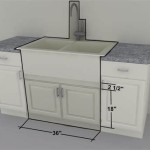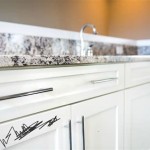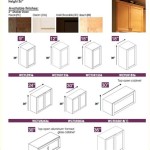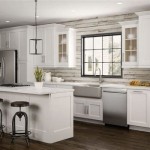Essential Aspects of Wood Stain for Kitchen Cabinets
Transforming the aesthetics of your kitchen cabinets with wood stain is a rewarding endeavor that demands careful consideration of crucial aspects. Understanding these factors will guide you toward a successful and satisfying cabinetry makeover.
1. Cabinet Type and Construction:
The type of wood stain you choose should complement the cabinet's construction and material. Solid wood cabinets require penetrating stains to enhance their natural grain patterns. Laminate or veneer cabinets, on the other hand, benefit from surface stains that create a thin colored layer.
2. Stain Color and Finish:
The color of the wood stain should harmonize with the overall kitchen décor and personal preferences. Darker stains create a classic and sophisticated ambiance, while lighter stains impart an airy and spacious feel. Choose a finish that suits your taste, such as a matte finish for a subtle yet rich appearance or a glossy finish for a polished and modern look.
3. Wood Preparation:
Properly preparing the cabinet surfaces before staining is essential for a flawless finish. Remove hardware and clean the cabinets thoroughly to eliminate dirt and grease. Sanding may be required to smooth out imperfections and open the wood pores for better stain penetration.
4. Stain Application Techniques:
Applying wood stain requires meticulous care. Use a brush or a cloth, depending on the stain type and desired effect. Ensure even coverage and avoid excessive application, as thick layers can result in blotching. Allow ample drying time between coats.
5. Stain Sealant:
To protect the stained finish and enhance its durability, apply a clear sealant. Sealants like polyurethane or lacquer create a protective barrier against moisture, scratches, and wear. Choose a sealant that is compatible with the wood stain used and follow the manufacturer's instructions for proper application.
6. Ventilation and Safety:
When working with wood stains, it is crucial to ensure proper ventilation. Open windows and use a fan to eliminate fumes. Wear protective gear, including gloves and a respirator, to avoid skin and respiratory irritation. Wood stains can be flammable, so keep them away from heat sources.
7. Maintenance and Care:
Once the wood stain is applied and sealed, proper maintenance will preserve its beauty. Regularly clean the cabinets with a damp cloth to remove dust and spills. Avoid using harsh cleaners or abrasive materials. Reapply sealant as needed to maintain the protective barrier.
Remember, the best wood stain for your kitchen cabinets is the one that aligns with your aesthetic preferences, cabinet construction, and desired finish. Careful preparation, proper application techniques, and ongoing maintenance will ensure a stunning and long-lasting transformation.
Staining Kitchen Cabinets Pictures Ideas Tips From

The New Cabinet Stain Colour For Kitchens Trends Wood

Painted Vs Stained Cabinets Jm Kitchen And Bath Design

How To Stain Wood Cabinets True Value

15 Stained Wood Kitchen Cabinets To Warm The Heart Of Your Home

The Most Durable Kitchen Cabinets And Cabinet Finishes

Staining Your Wood Cabinets Darker Young House Love

Cliqstudios Wood Stain Finishes For Kitchen Cabinets

How To Make Rustic Kitchen Cabinets By Refinishing Them The Best Stain Color Amanda Katherine
Should You Paint Or Stain Your Wooden Kitchen Cabinetry Bold Painters
Related Posts








